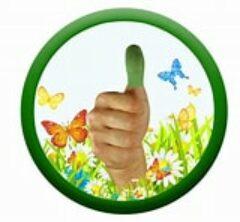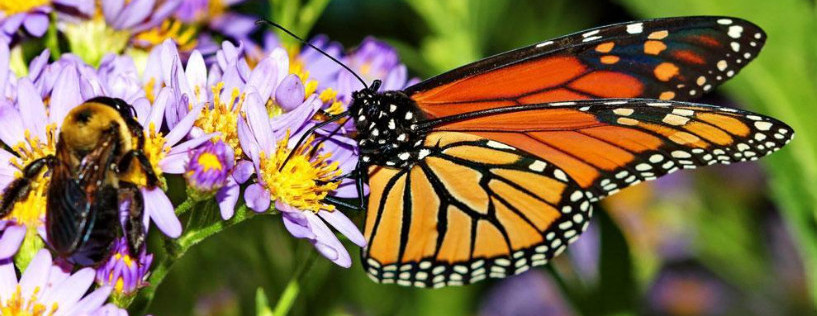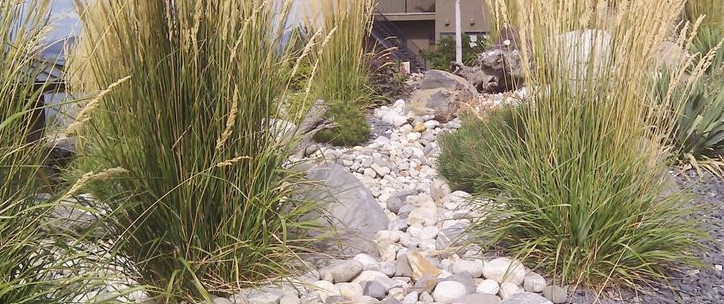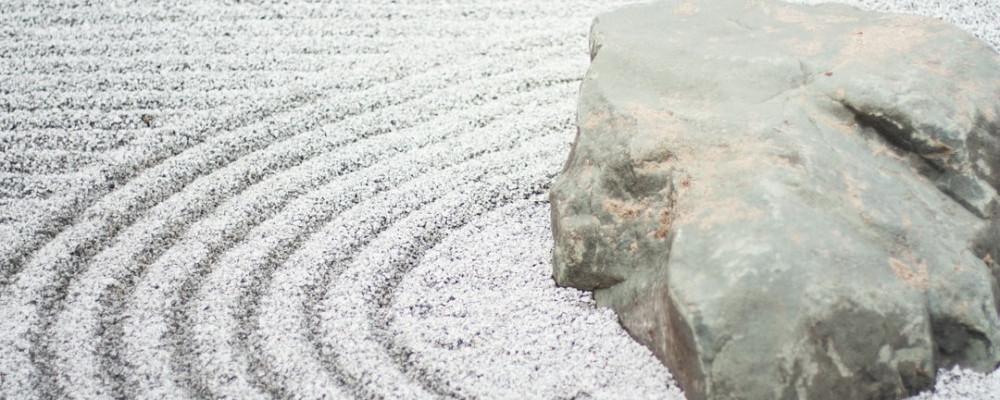Why We Should Attract Pollinators.
Hi there, fellow gardeners Do you love seeing bees, butterflies, and hummingbirds visit your flowers and veggies? I know I do They are not only beautiful but also very important for our plants. They help them produce fruits, seeds, and flowers by moving pollen from one flower to another. This process is called pollination, and it is essential for the reproduction of many plants, especially fruits and vegetables.
But did you know that pollinators are in trouble? Many factors, such as habitat loss, climate change, diseases, and pesticides, are threatening their survival. That’s why we need to do our part to help them. In this blog post, I will show you some easy ways to attract pollinators to your garden and make them feel at home.
Pollinators are Essential.
Pollinators are essential for the health and beauty of your garden. They help plants produce fruits, seeds, and flowers by transferring pollen from one flower to another. Pollinators include bees, butterflies, moths, hummingbirds, bats, and some beetles and flies. In this blog post, I will share some tips on how to attract pollinators to your garden and create a welcoming habitat for them.
Choose a variety of plants that bloom at different times of the year. This will provide a continuous source of nectar and pollen for pollinators throughout the seasons. Some examples of plants that attract pollinators are lavender, sunflower, salvia, zinnia, aster, coneflower, milkweed, and mint.
Provide water for pollinators. Pollinators need water to drink and to cool themselves. You can create a simple water source by filling a shallow dish with water and adding some pebbles or marbles for them to land on. Change the water regularly to keep it fresh and clean.
Bees are Threatened.
Hey, do you know why bees are threatened? Bees are amazing creatures that pollinate many plants and crops, but they are facing many challenges that threaten their survival. Some of these challenges are:
Habitat loss: Bees need flowers and plants to feed on, but many natural habitats have been destroyed or degraded by human activities, such as agriculture, urbanization, and deforestation.
Pesticides: Many pesticides used in agriculture and gardening can harm bees, either by killing them directly or by affecting their behavior, health, and reproduction.
Diseases and parasites: Bees can suffer from various diseases and parasites, such as the varroa mite, which can weaken their immune system and make them more vulnerable to other threats.
Climate change: Climate change can affect the timing and availability of flowers, the distribution and diversity of bee species, and the occurrence of extreme weather events that can harm bees.
How to Help Bees.
These are some of the reasons why bees are threatened, but there are also many ways we can help them. For example, we can:
Plant bee-friendly flowers and plants in our gardens, balconies, or windowsills. Some of the plants that bees love are lavender, sunflower, clover, mint, rosemary, thyme, sage, borage, and echinacea. These plants not only provide nectar and pollen for bees but also add color and fragrance to our surroundings.
Avoid using pesticides or choose organic or natural alternatives that are less harmful to bees and other pollinators. Some of the pesticides that are especially toxic to bees are neonicotinoids, organophosphates, pyrethroids, and carbamates. If we have to use pesticides, we should follow the instructions carefully and apply them when bees are less active, such as early morning or evening.
Support local beekeepers by buying their honey and other products, or even keeping bees ourselves if we have the space and resources. Local honey is not only delicious and healthy but also helps us support the bee population in our area. Keeping bees can be a rewarding hobby that allows us to learn more about these fascinating insects and their role in nature.
Learn more about bees and their importance for our environment and food security, and spread the word to our friends and family. Bees are responsible for pollinating about one-third of the food we eat, such as fruits, vegetables, nuts, seeds, and spices. Without bees, we would have less food variety and quality. We can educate ourselves and others about the plight of bees and how to help them by reading books, watching documentaries, visiting websites, or joining organizations that advocate for bee conservation.
Bees are essential for our planet and our well-being, so let’s do our best to protect them.
These are some of the reasons why bees are threatened, but there are also many ways we can help them. For example, we can:
Birds are Pollinators Too.
There are more than 2,000 species of birds that help plants reproduce by transferring pollen from one flower to another. Let’s take a look at some of these amazing avian helpers.
One of the most well-known bird pollinators is the **hummingbird**. These tiny and colorful birds feed on nectar, the sweet liquid that flowers produce to attract pollinators. As they sip the nectar with their long and slender bills, they get pollen on their faces and feathers, which they carry to other flowers. Hummingbirds are very important pollinators of wildflowers and crops in North America, especially in the western and southwestern regions. They can also perform a special technique called “buzz pollination”, which involves vibrating their wing muscles to shake the pollen out of the flowers.
Another group of bird pollinators is the **honeyeaters**. These are birds that live in Australia, New Zealand, and some nearby islands. They have long tongues with brush-like tips that they use to lick the nectar from flowers. Some of them also eat insects and fruits. Honeyeaters are very diverse, ranging from small and plain to large and colorful. They pollinate many native plants, such as eucalyptus, banksia, and bottlebrush.
A third group of bird pollinators is the sunbirds. These are small and bright birds that live in Africa, Asia, and Australia. They are similar to hummingbirds in appearance and behavior, but they are not closely related. Sunbirds have curved bills that fit the shape of the tubular flowers they visit. They also have brushy tongues that collect the nectar and pollen. Sunbirds pollinate many tropical plants, such as aloes, proteas, and orchids.
There are many other birds that pollinate flowers, such as orioles, honeycreepers, lorikeets, and parrots. They all have adaptations that allow them to feed on nectar and pollen, such as long bills, brushy tongues, or strong claws. They also have preferences for certain types of flowers, such as bright colors, strong supports, or hidden nectar. By visiting these flowers, help them reproduce and maintain biodiversity.
Products to Keep pollinators in the Garden.
If you love seeing bees, butterflies, and hummingbirds in your garden, you might be wondering how to attract more of them. Pollinators are not only beautiful but also essential for the health of our ecosystems and food crops. Here are some of the best products for keeping pollinators in the garden:
A pollinator-friendly plant mix. You can buy seeds or plants that are specially selected for their nectar and pollen production, as well as their attractiveness to different types of pollinators. Some examples are wildflowers, herbs, sunflowers, lavender and milkweed.
A water source. Pollinators need water to drink and cool off, especially in hot weather. You can provide a shallow dish, a birdbath or a fountain with fresh water and some rocks or pebbles for them to land on.
A shelter. Pollinators need a place to rest, nest and overwinter. You can buy or make a pollinator house, which is a wooden box with holes or tubes for solitary bees and other insects. You can also leave some leaf litter, brush piles or dead wood for them to hide in.
A feeder. If you want to supplement the natural food sources in your garden, you can offer some sugar water or hummingbird nectar in a feeder. Make sure to clean the feeder regularly and change the solution often to prevent mold and bacteria growth.
Avoid using pesticides and herbicides in your garden.
These chemicals can harm pollinators and reduce their population. Instead, use organic methods to control pests and weeds, such as hand-picking, mulching, companion planting, and attracting beneficial insects.
Use Natural Methods.
Hand-picking: This involves manually removing pests from your plants, such as caterpillars, slugs, snails, or aphids. You can use gloves or tweezers to do this, or simply squish them with your fingers.
Mulching: This involves covering the soil around your plants with organic materials, such as straw, wood chips, leaves, or grass clippings. Mulching helps retain moisture, suppress weeds, and prevent soil erosion. It also provides a habitat for beneficial insects and worms that feed on pests.

Check out “How to Make Great Compost”
Companion planting: This involves planting different crops together that benefit each other in some way. For example, some plants can repel pests, attract pollinators, or improve soil quality. Some examples of companion plants are basil with tomatoes, marigolds with beans, or garlic with roses.
Attracting beneficial insects: This involves planting flowers or herbs that attract insects that prey on pests or parasitize them. For example, ladybugs eat aphids, lacewings eat caterpillars, and parasitic wasps lay eggs inside caterpillars or beetles. Some examples of plants that attract beneficial insects are dill, fennel, yarrow, or parsley.
Create shelters for pollinators. Pollinators need places to rest, nest, and overwinter. You can provide shelter by leaving some areas of your garden undisturbed, such as piles of leaves, twigs, or stones. You can also make or buy special houses for bees, butterflies, or bats.
Final Thoughts
By following these tips, you can make your garden a pollinator paradise and enjoy the benefits of having these amazing creatures visit your flowers. Happy gardening.
Some links on this site may be affiliate links, and if you purchase something through these links, I will make a commission on them. There will be no extra cost to you and, you could actually save money. Read our full affiliate disclosure here.




